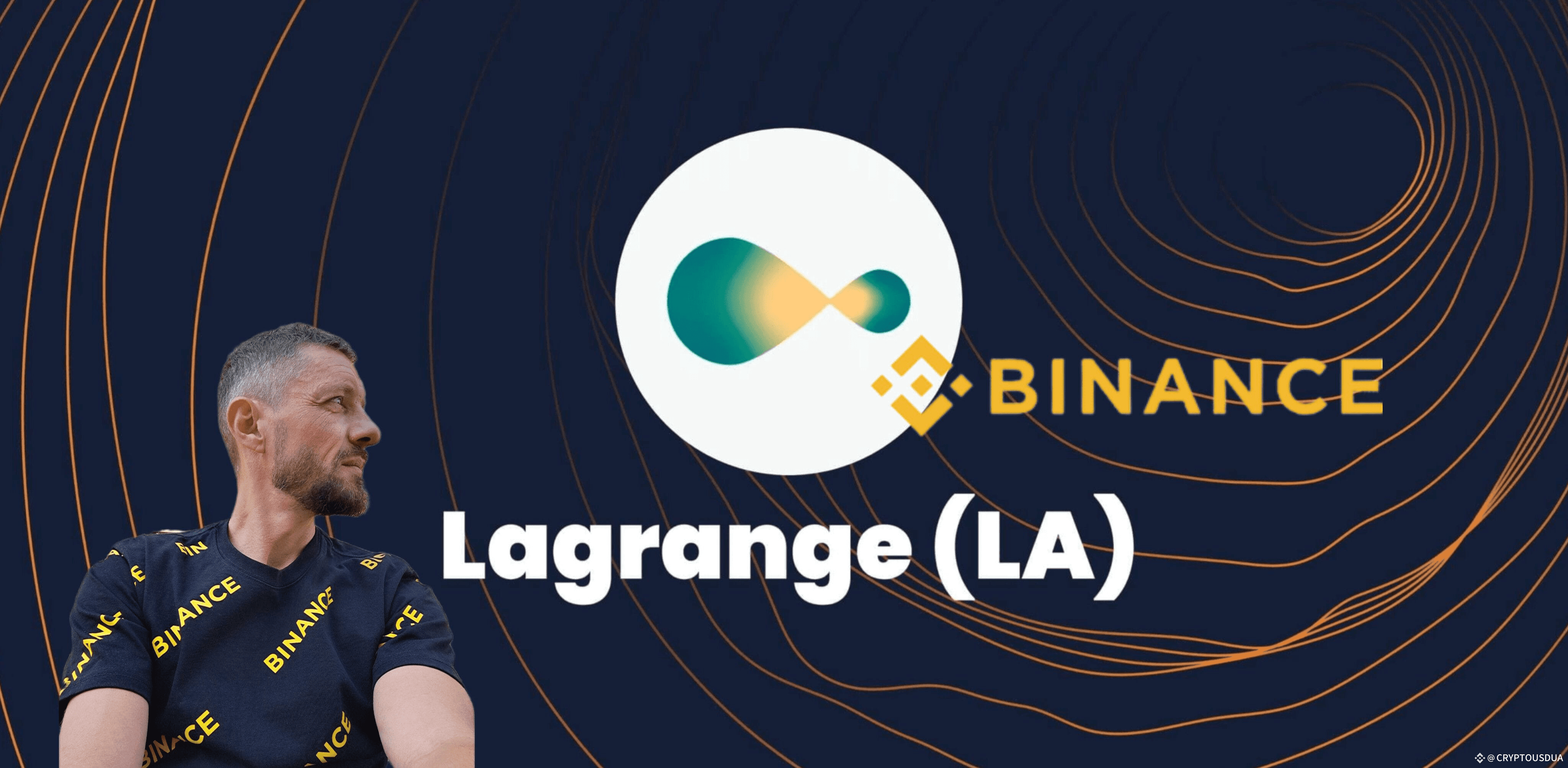
The blockchain industry is undergoing a silent underlying revolution—Zero-Knowledge Proof (ZK) technology is transitioning from theory to engineering implementation, reconstructing the trust paradigm of decentralized computing. In this wave, the emergence of Lagrange is particularly significant: it is neither a traditional ZK-Rollup nor just a verification network, but positions itself as a 'ZK co-processor', carving out new infrastructure tracks in the gaps of modular blockchain.
From MapReduce to ZK co-processor: a paradigm shift in data verification
The brilliance of Lagrange's technical architecture lies in its borrowing from the MapReduce concept in distributed computing, yet reconstructing the entire process with ZK proofs. Traditional blockchain data queries are like flipping through physical records page by page in a library, whereas Lagrange's node network processes on-chain data in slices and compresses aggregates through multi-layer ZK proofs, ultimately outputting verifiable result summaries. This design allows DeFi protocols to verify the state of a historical transaction without replaying the entire block on full nodes, but rather completing instantaneous verification through the ZK proof package provided by Lagrange.
In practical cases, if a cross-chain lending protocol needs to verify the collateral status of the source chain, the traditional method relies on centralized oracles or weak trust assumptions of light nodes. Through Lagrange's ZK co-processor, the verification process maintains decentralization while reducing gas consumption to 1/20 of the original solution. This leap in efficiency is one of the rarest capabilities in the modular blockchain era.
DARA mechanism: When ZK proofs become tradable commodities
Lagrange's most innovative institutional design is undoubtedly its DARA (Decentralized Auction for Resource Allocation) dual auction mechanism. In testnet data, this mechanism improves the distribution efficiency of proof tasks by 3.7 times compared to traditional polling models, while raising the cost for malicious nodes to 18 times the staking value. This market-based scheduling not only optimizes efficiency but also creates a dynamically balanced proof service market—proof generators autonomously quote based on hardware performance, and demand parties pay fees according to verification complexity, with the system achieving Nash equilibrium through algorithms.
It is worth noting that Lagrange's node network has attracted 85 professional operators, including Figment and Blockdaemon. The dual staking feature of these nodes on EigenLayer forms a unique 'validator-prover' symbiotic system: ensuring the economic security of proof generation while creating new revenue scenarios for re-staked assets.
Strategic ambitions behind SQL compatibility
Unlike other ZK projects focused on circuit optimization, Lagrange chooses to support ZK execution of standard SQL queries. This decision may seem like a technical compromise, but it actually hides significant implications: by being compatible with a query language familiar to developers, it greatly lowers the barrier for traditional Web2 enterprises to access blockchain data. Actual tests from a certain on-chain data analysis platform show that its original HiveQL query scripts can run on the Lagrange network with minor modifications, and the verification speed is 40 times faster than self-built index nodes.
This design allows Lagrange to demonstrate unique advantages in the following scenarios:
- When DeFi protocols need to verify cross-chain TVL data in real-time
- When GameFi projects need to generate verifiable player achievement proofs
- When DAO organizations audit cross-chain capital flows
New coordinates in the modular stack
The current evolution of blockchain infrastructure shows a clear trend of 'decoupling-recombination', and Lagrange just fills the critical gap in the modular architecture. While Celestia handles data availability, EigenLayer provides security aggregation, and AltLayer realizes Rollup as a service, Lagrange's ZK co-processor becomes the 'verifiable glue' that links these components. Testnet data shows that when providing state proof services for a certain EVM Rollup, verification latency has been reduced from an average of 12 blocks to within 2 blocks, and the cost curve shows significant economies of scale.
From an investment perspective, Lagrange's value capture model is also distinctive. Its LA token is not only used for network governance, but also directly links token value with network utility through the 'proof stake' mechanism. When the demand for proof tasks surges, the staking rewards and burn pressure of the tokens will create a positive feedback loop, making this design more resilient than a simple Gas token model.
At the turning point of ZK technology moving from an arms race to commercial landing, Lagrange showcases a differentiated path: instead of competing as a general zkVM, it becomes the 'verifiable computing grid' of the modular blockchain era. As more applications realize that zero-knowledge proofs should not be a burden for developers but rather a plug-and-play infrastructure, this project, which has preemptively positioned itself in the ZK co-processor track, may be defining the interaction standards of the next generation of decentralized services.

